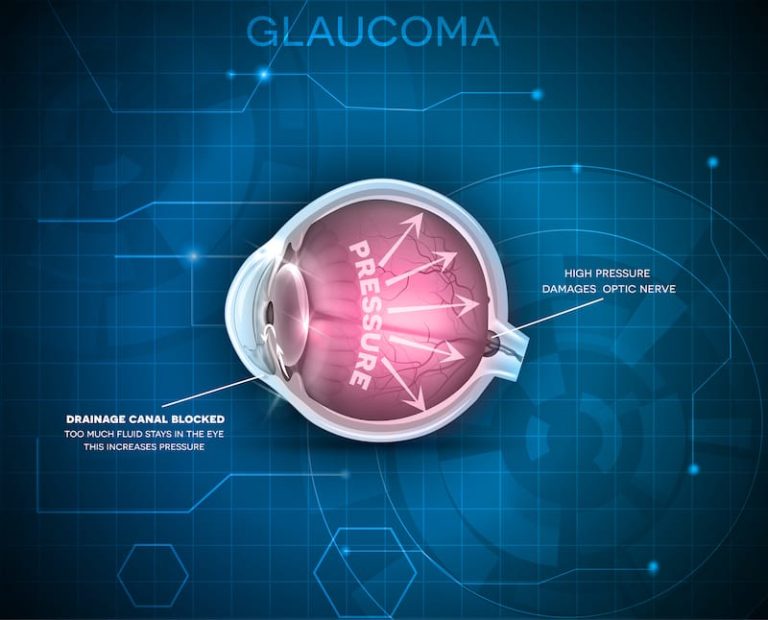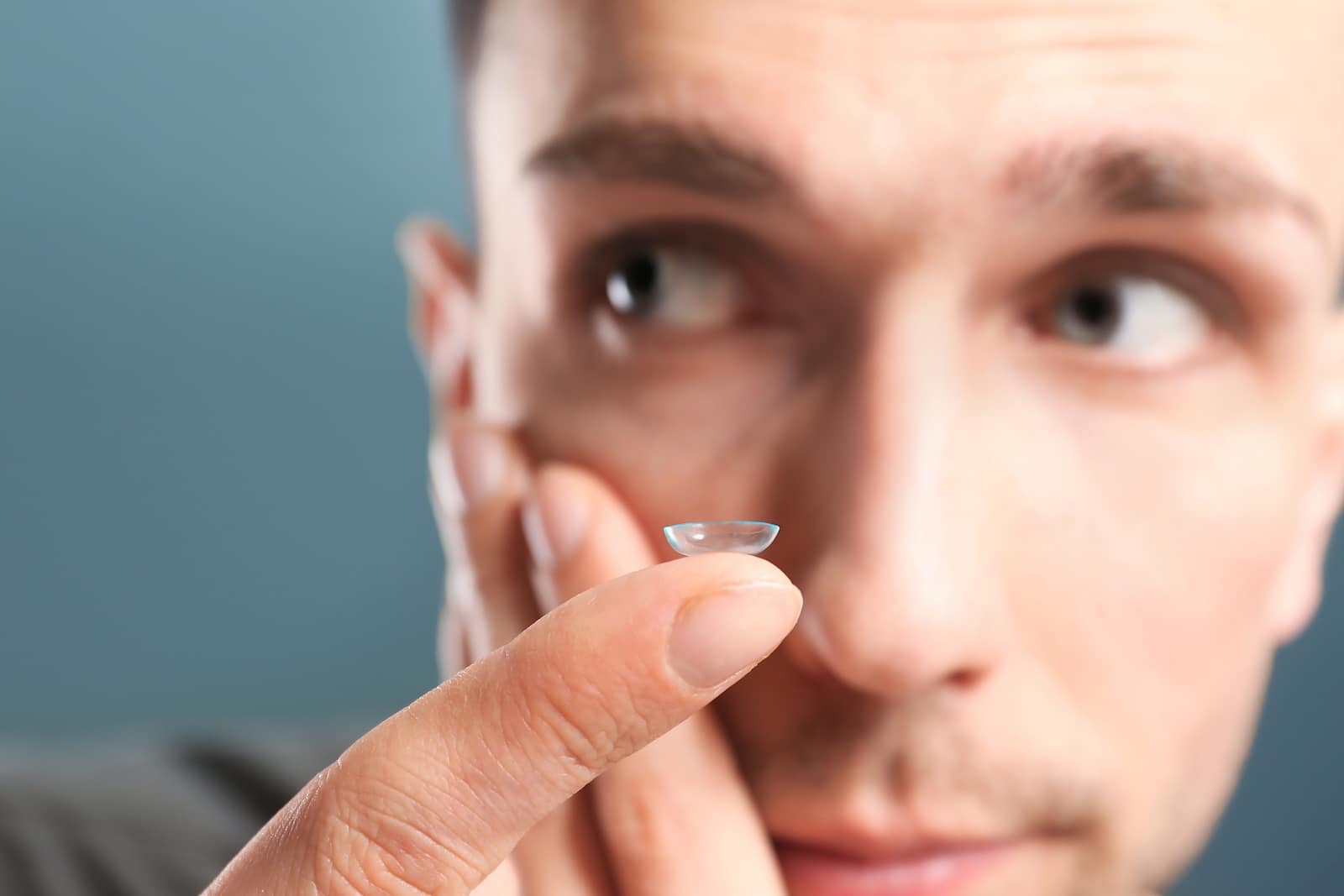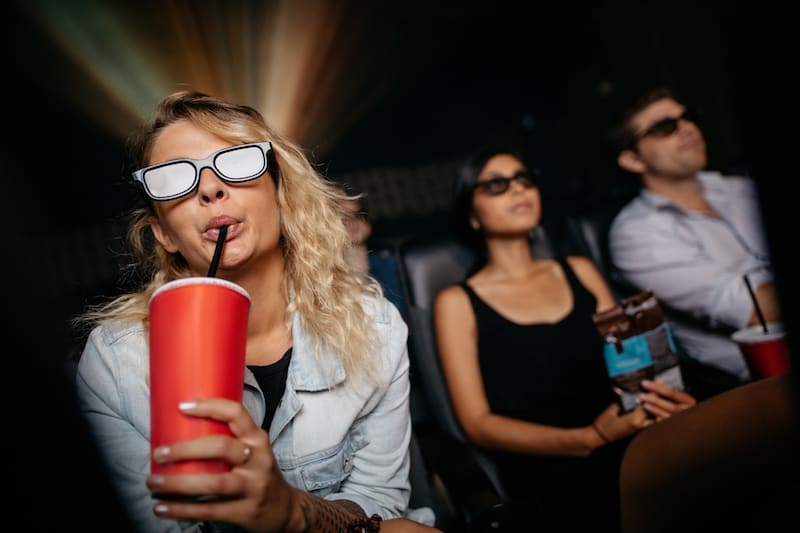Have you ever wondered if your child might be a candidate for contact lenses? Well, there’s good news. While every case is unique, it’s not uncommon for kids to wear contacts, and in fact, they generally do better than their parents!
An Appropriate Age to Wear Contacts
So how old is ‘old enough’ for a child to wear contacts? Well, it depends. You might be surprised to know that there are actually contact lenses designed for babies. Of course, these lenses are not simply used for common vision correction, rather they are specialty lenses designed for specific purposes, such as to prevent lazy eye for infants with congenital cataracts.
On the other hand, the acceptable age for wear varies for children who are in need of vision correction but for one reason or another do not wish to wear glasses. When it comes to determining whether or not a child is a suitable candidate for contact lenses, Dr. Ryczek tends to look at the maturity level of the child, and will generally consider fitting them around the age of 8 or older.
Best Contact Lens Types for Kids
Typically for children who are candidates for contacts, Dr. Ryczek will recommend using daily disposable lenses because they tend to be the most comfortable, easiest to use, and require no cleaning, Daily disposables are also the safest contacts available and can correct most vision problems including astigmatism, not to mention they have become very affordable in recent years with lots of new options.
All in all, there can be a lot of benefits for children who are ready to wear contacts. Contacts are great for helping kids achieve more natural vision and they can also give kids better self-esteem by removing the need for glasses. Contacts can also help kids excel in sports by freeing them from the hassle that comes with wearing glasses on the field.
And on top of all that, ongoing studies are researching specially designed daily disposable multifocal contacts to decrease myopia (near-sightedness) progression in children. Additionally, existing rigid contacts have also been designed to reduce myopia progression by reshaping the cornea during sleep (like a retainer would for teeth) so no glasses or contacts are needed during waking hours. This treatment is known as CRT and is more often used in the U.S. for adults, but is very popular for children in some Far East countries.
To find out more about contact lens options for children or to schedule an appointment to see if your child is ready for contact lenses, contact our St. Petersburg office by calling 727-327-8855. With more than 30 years of optometry experience, Dr. Ryczek can help you make the right choice for your child’s vision.




